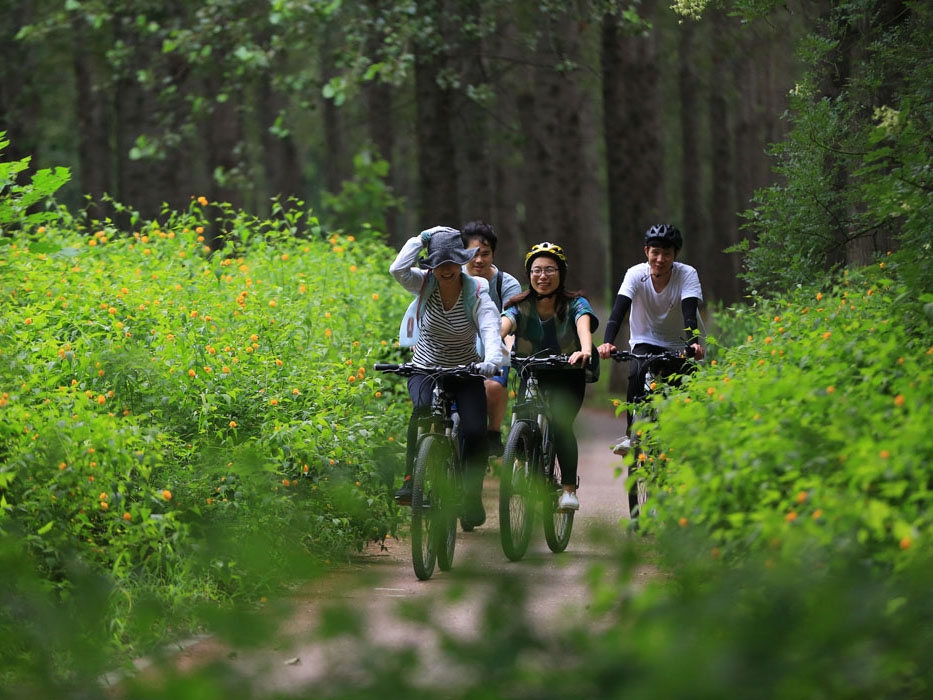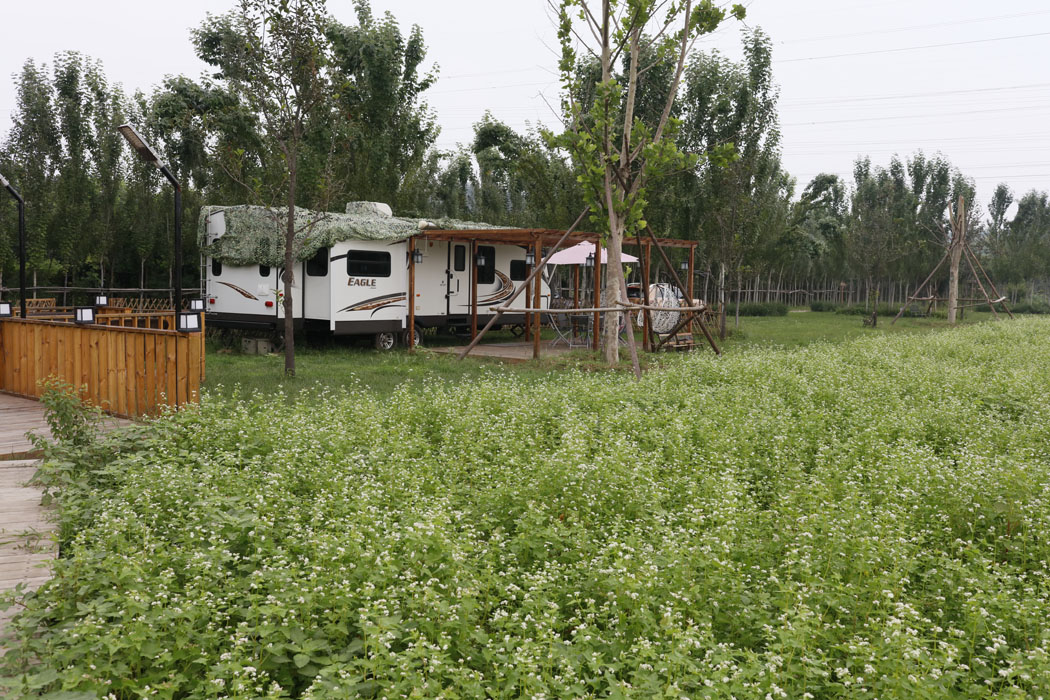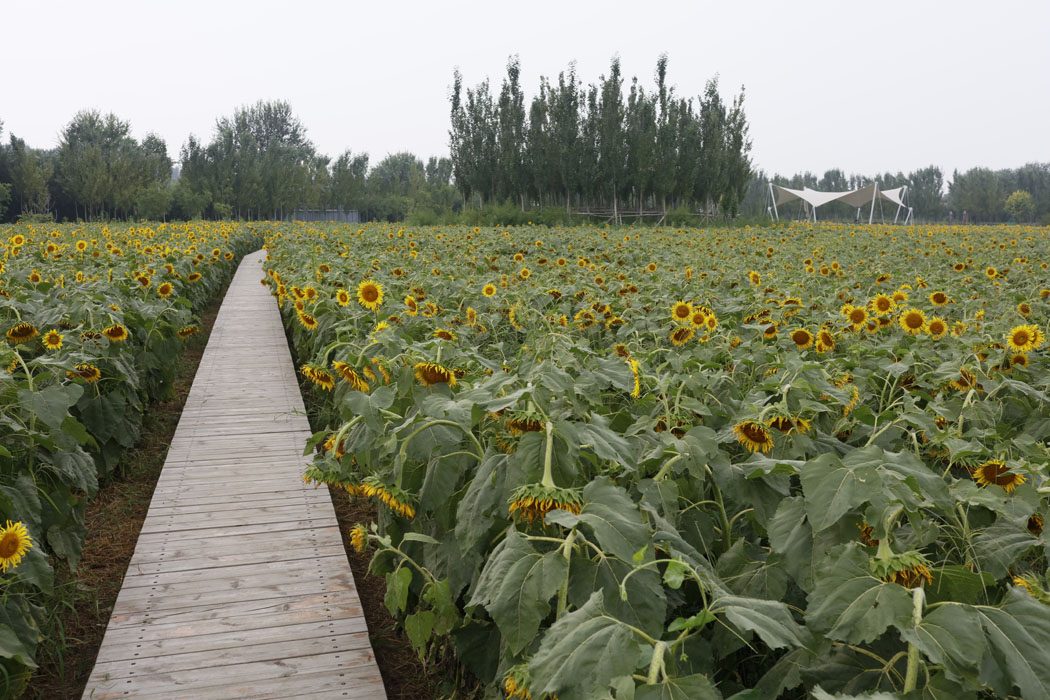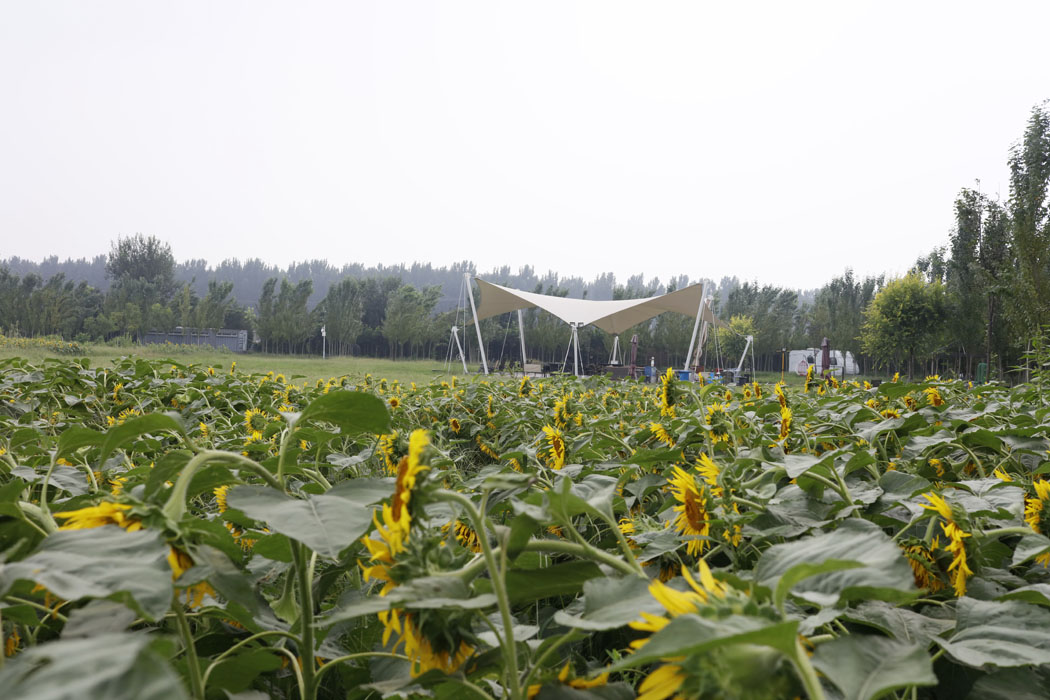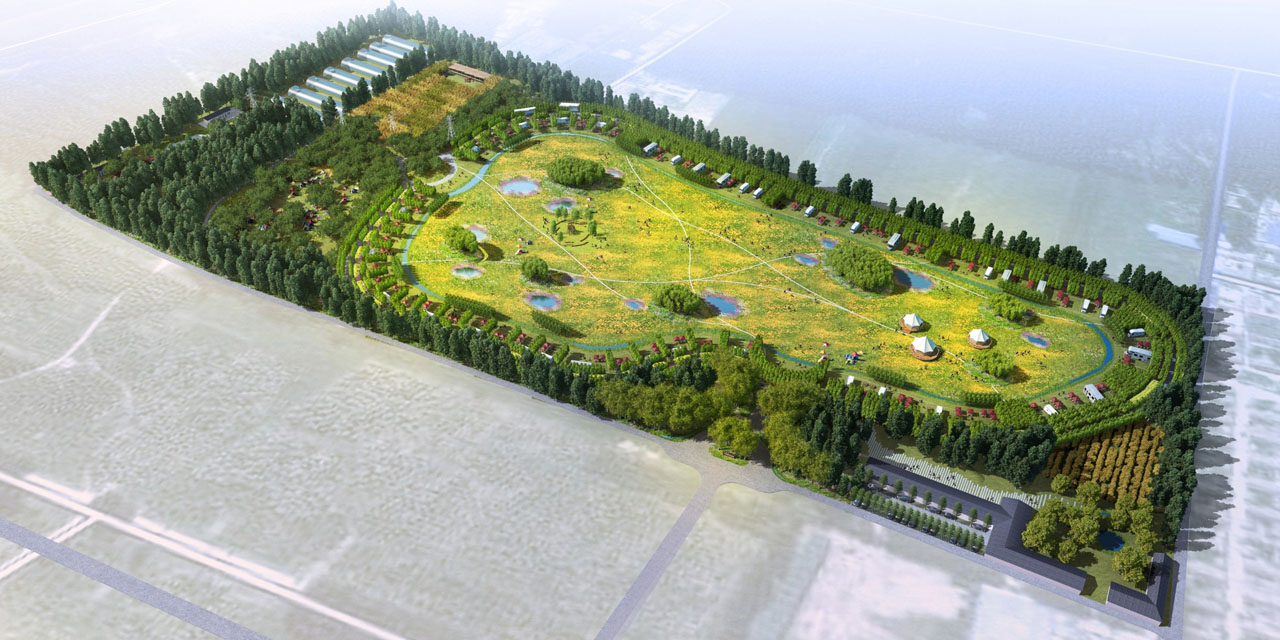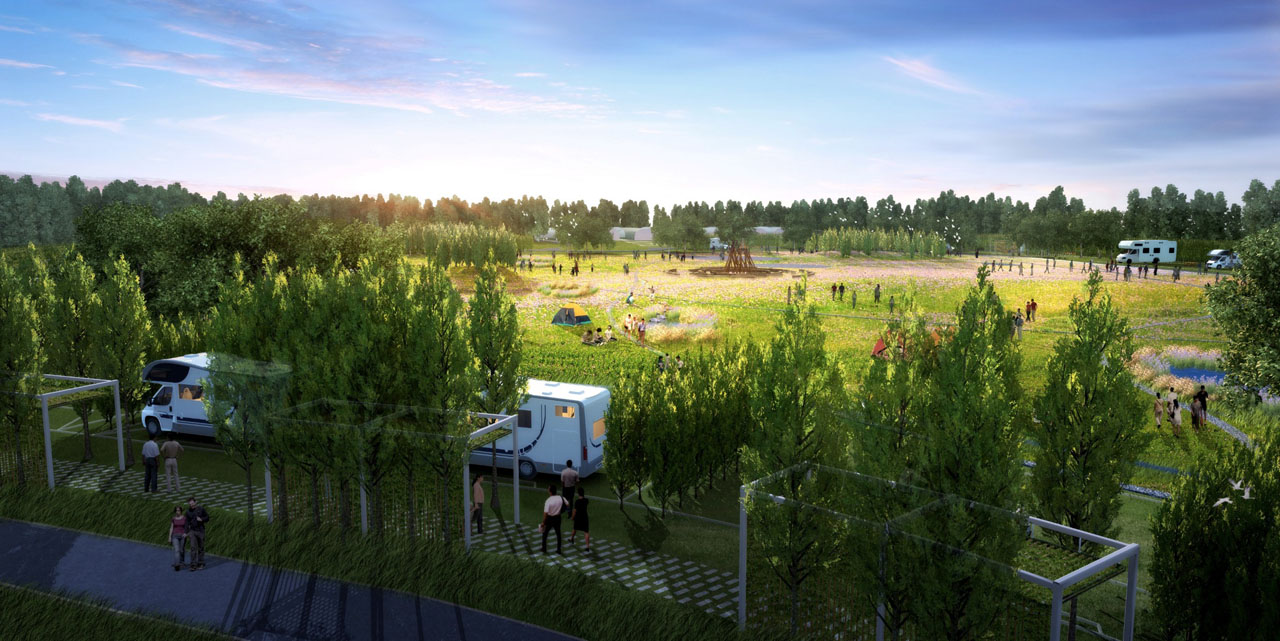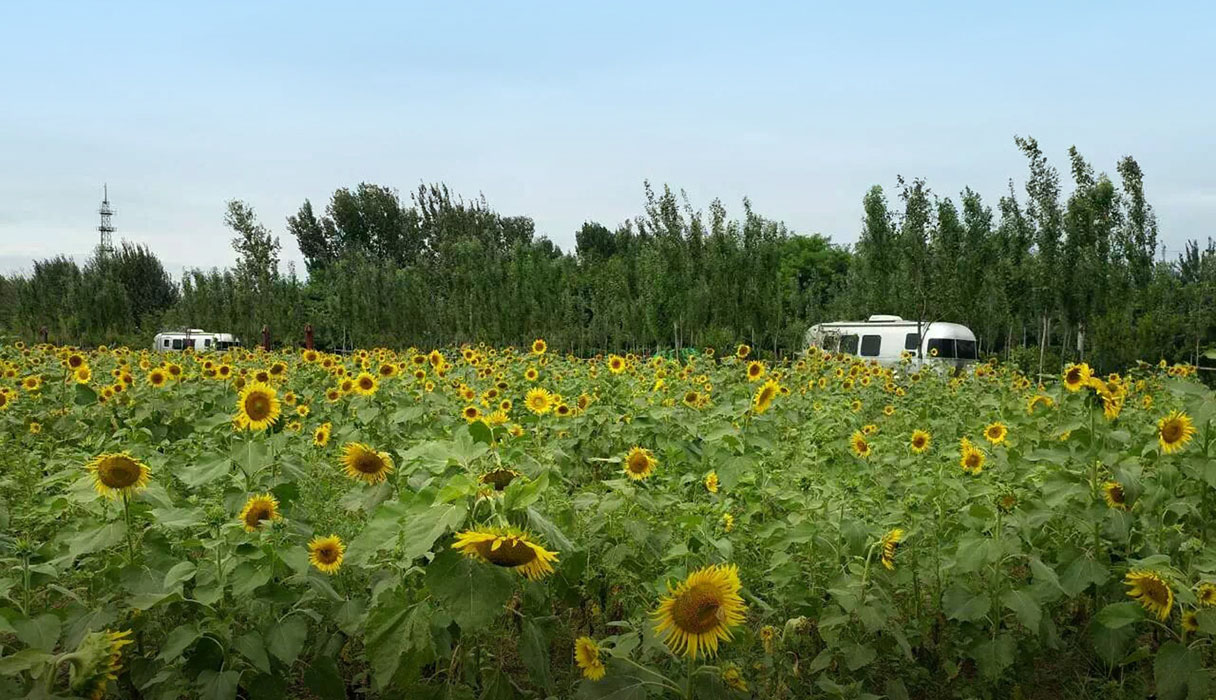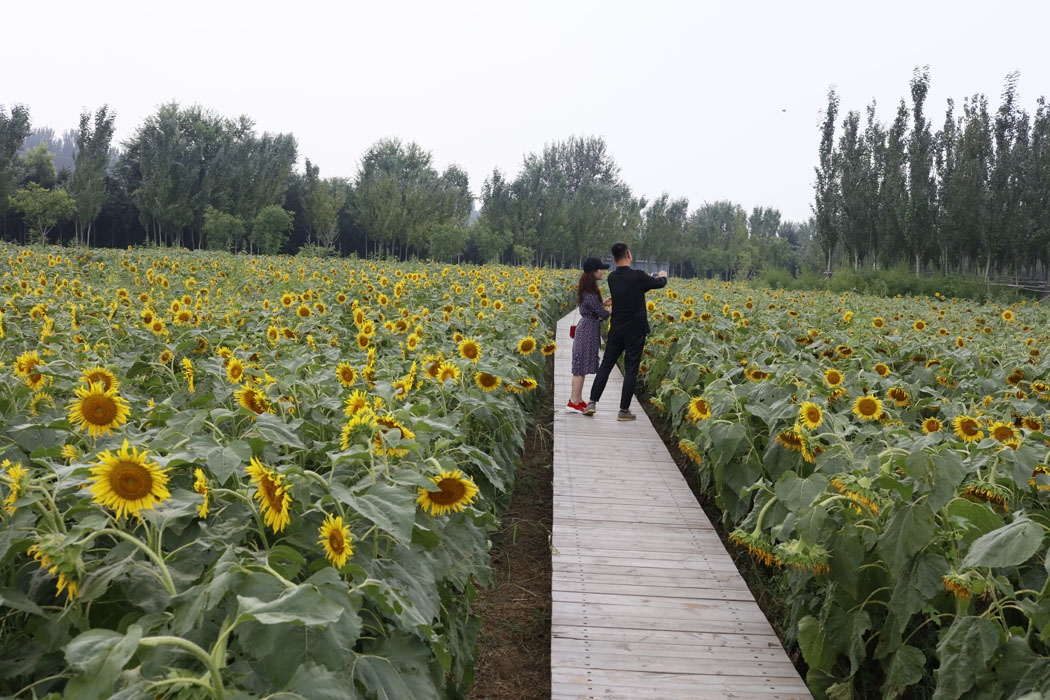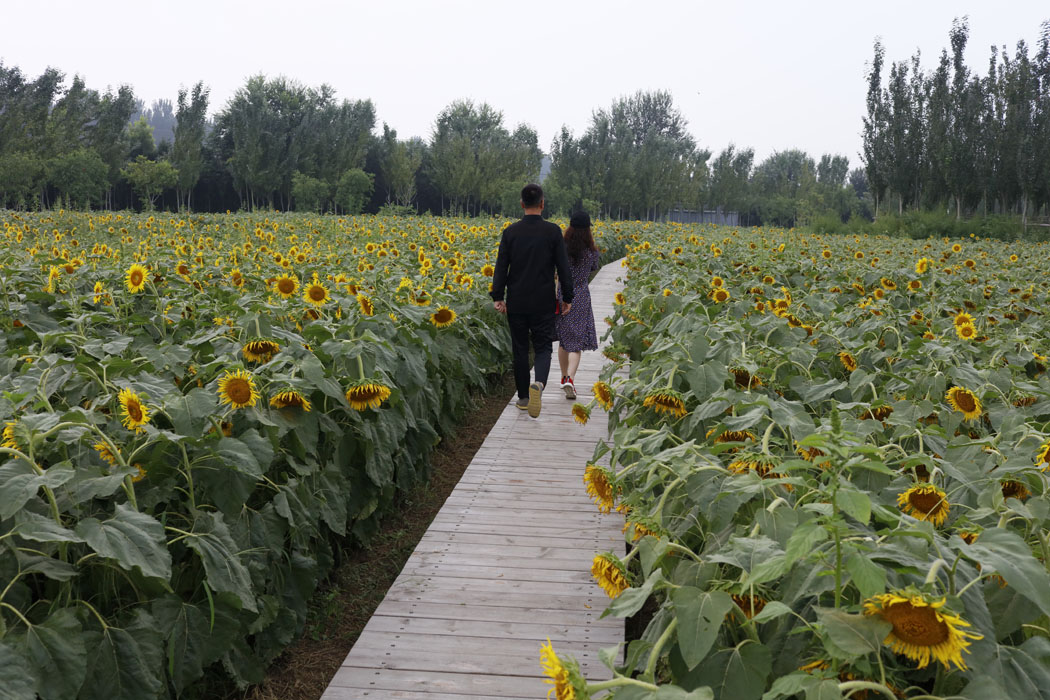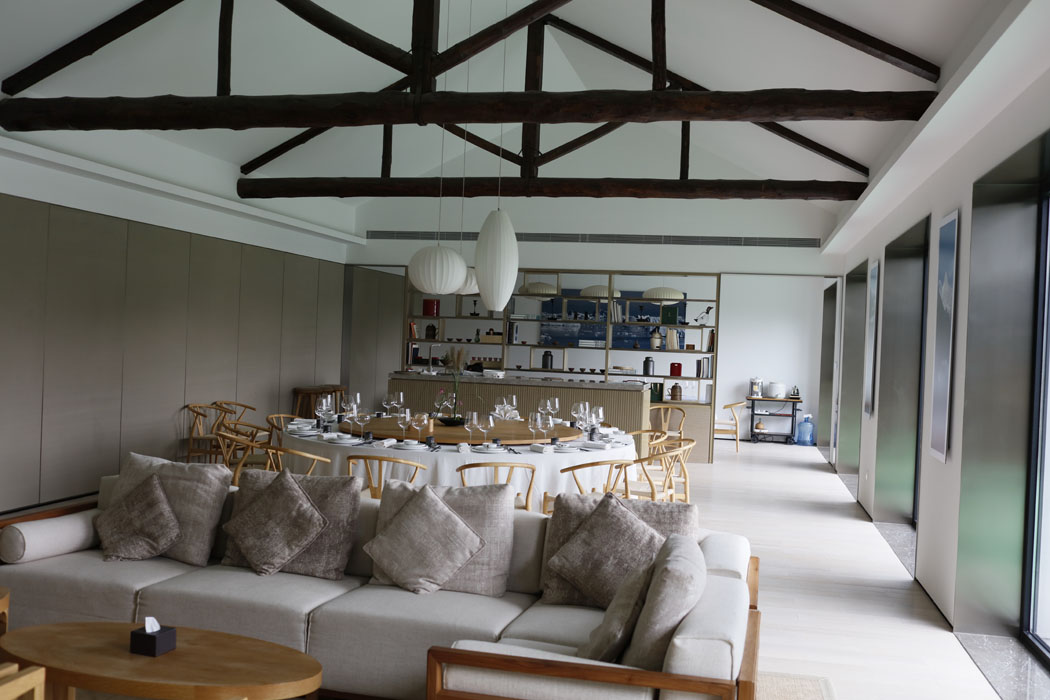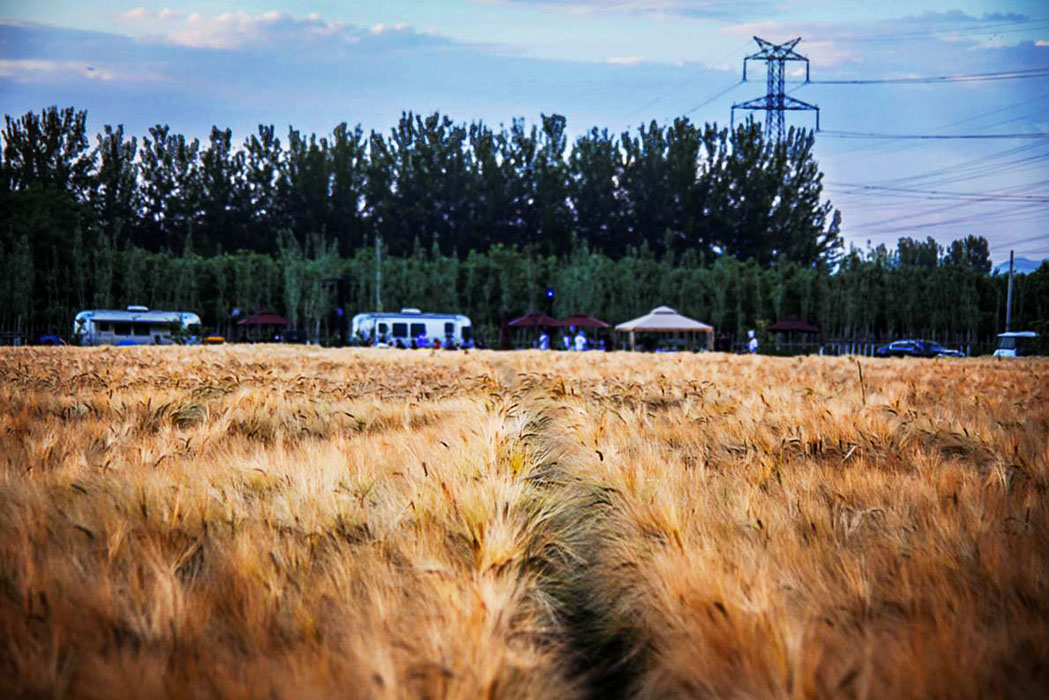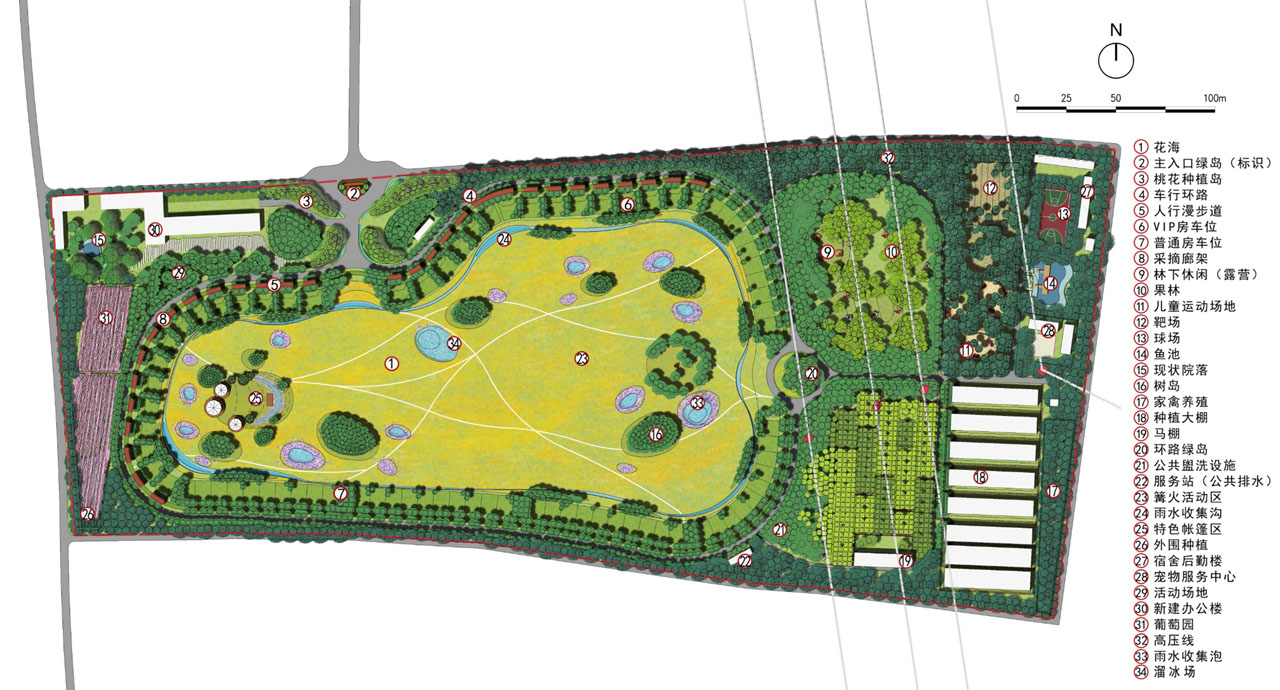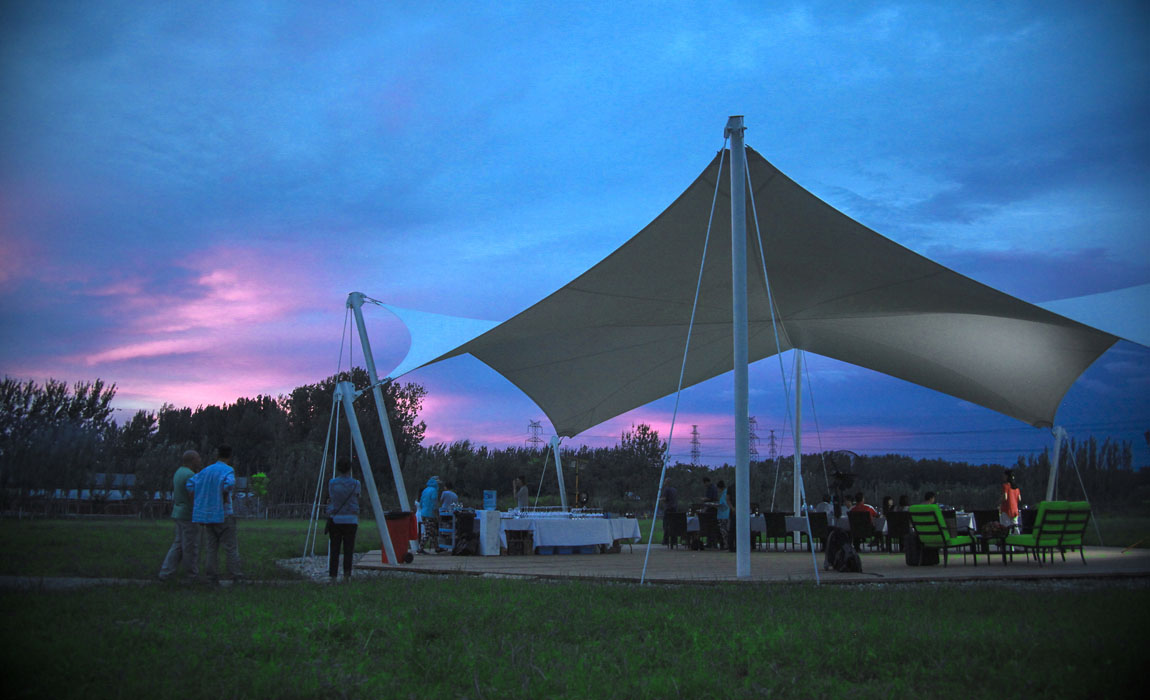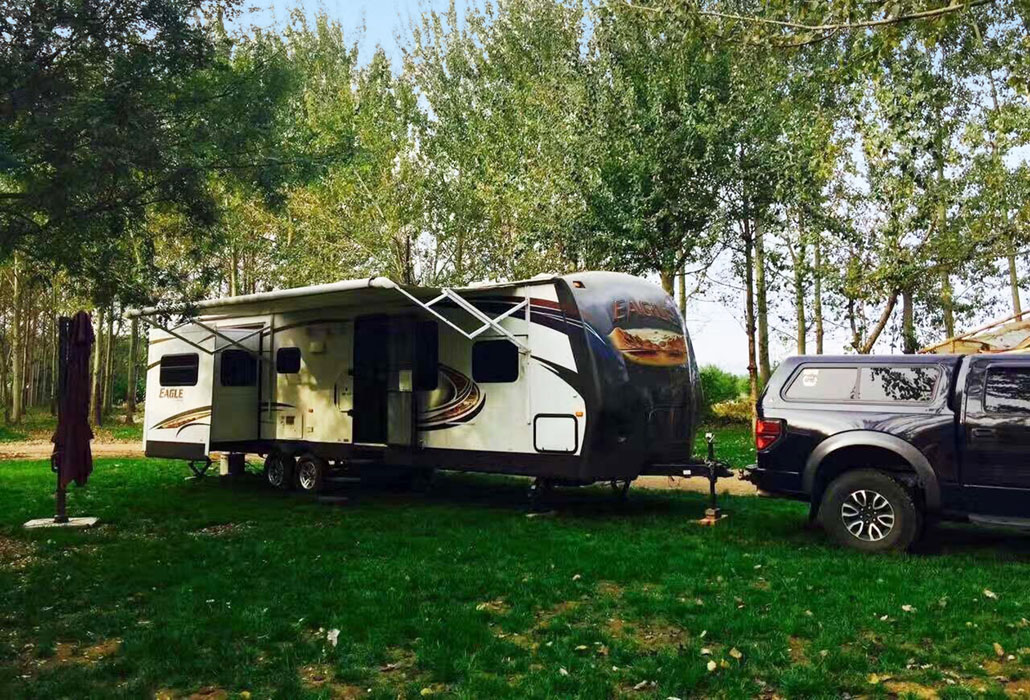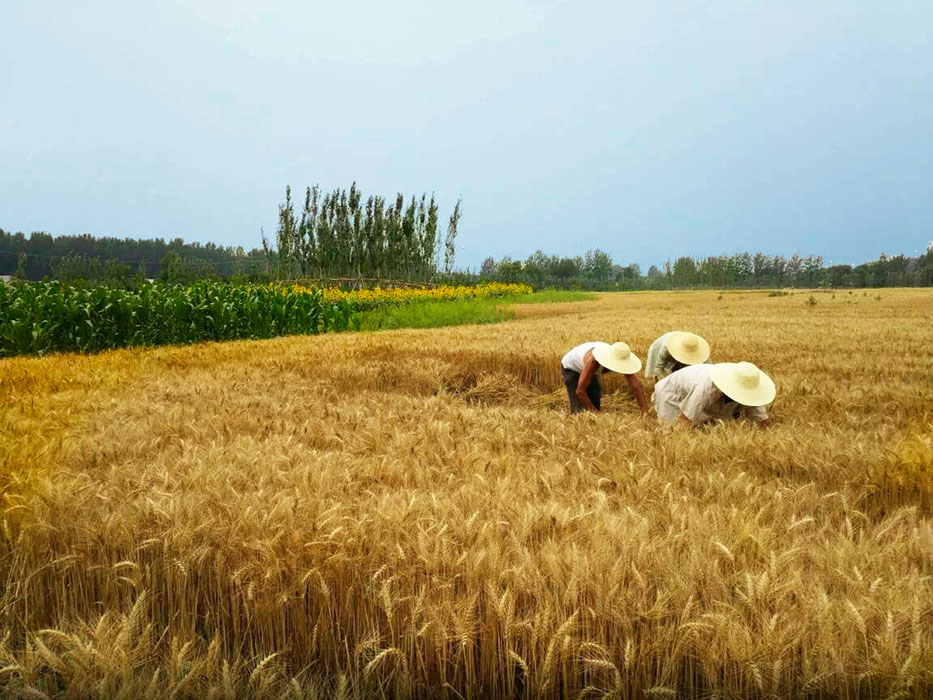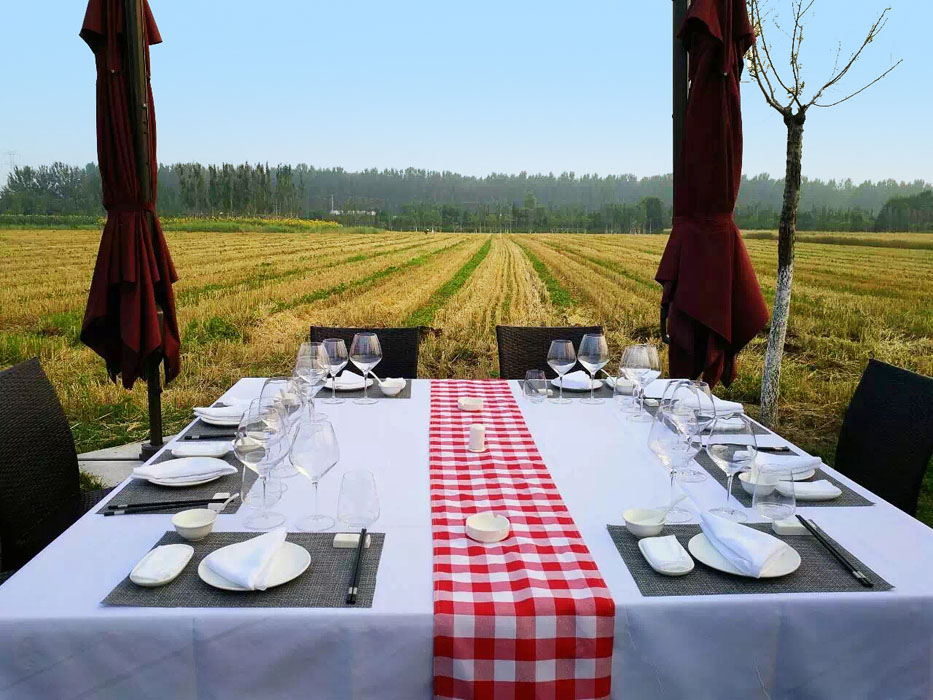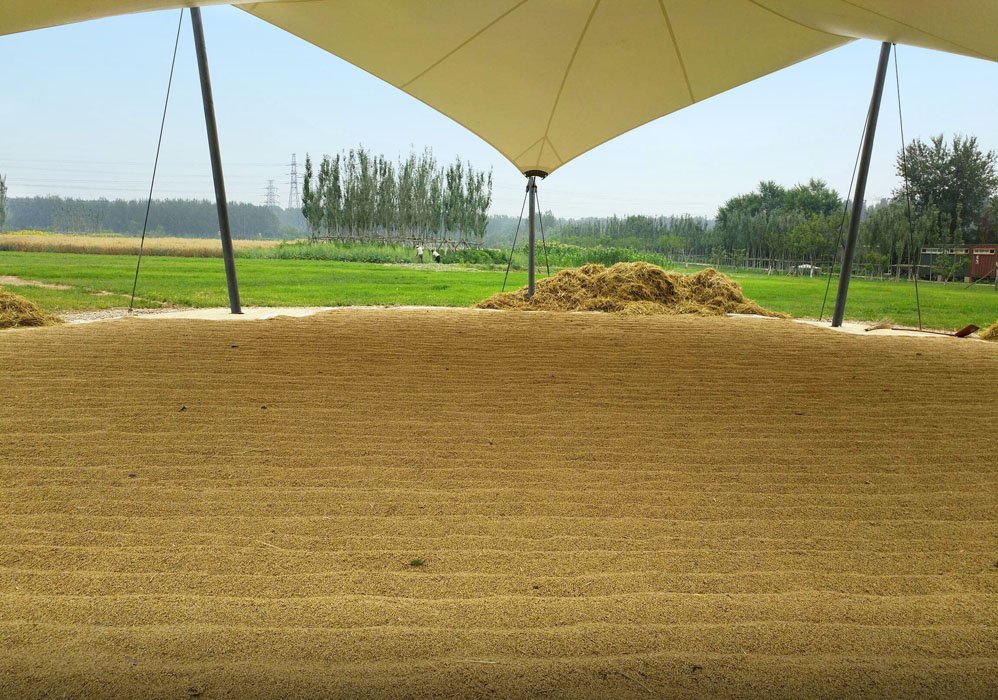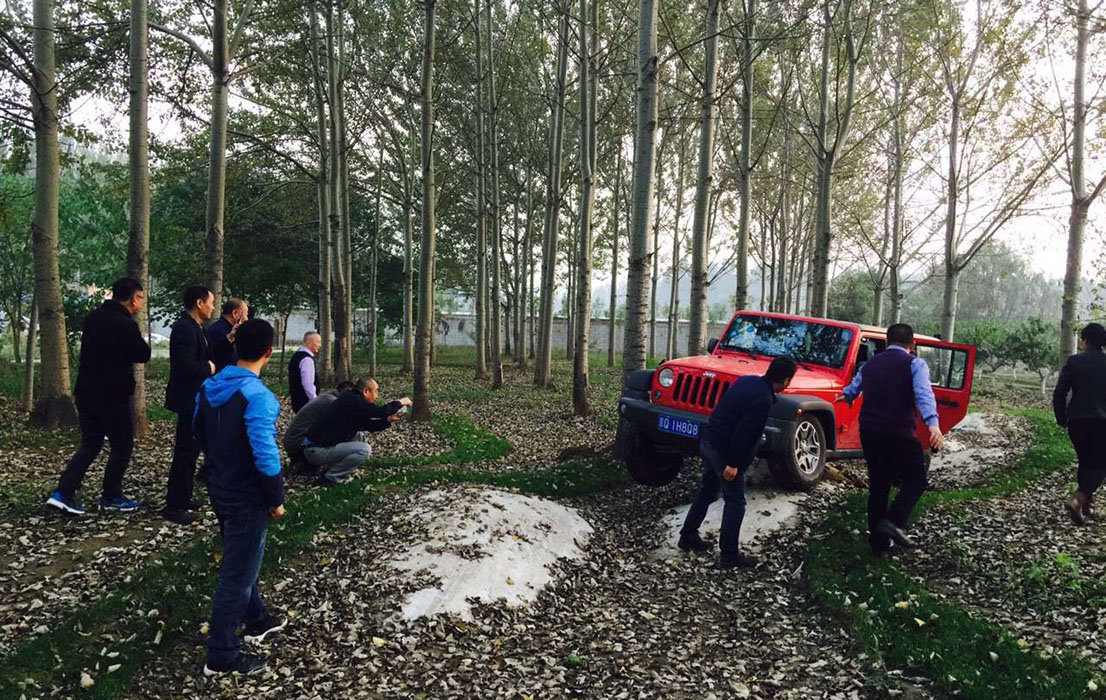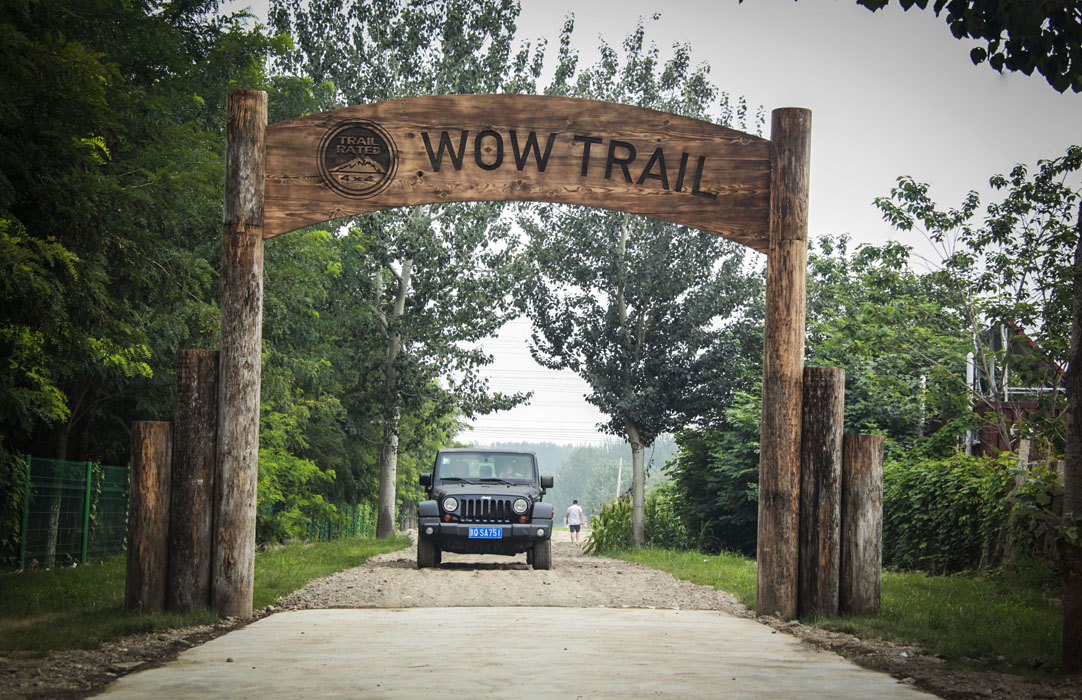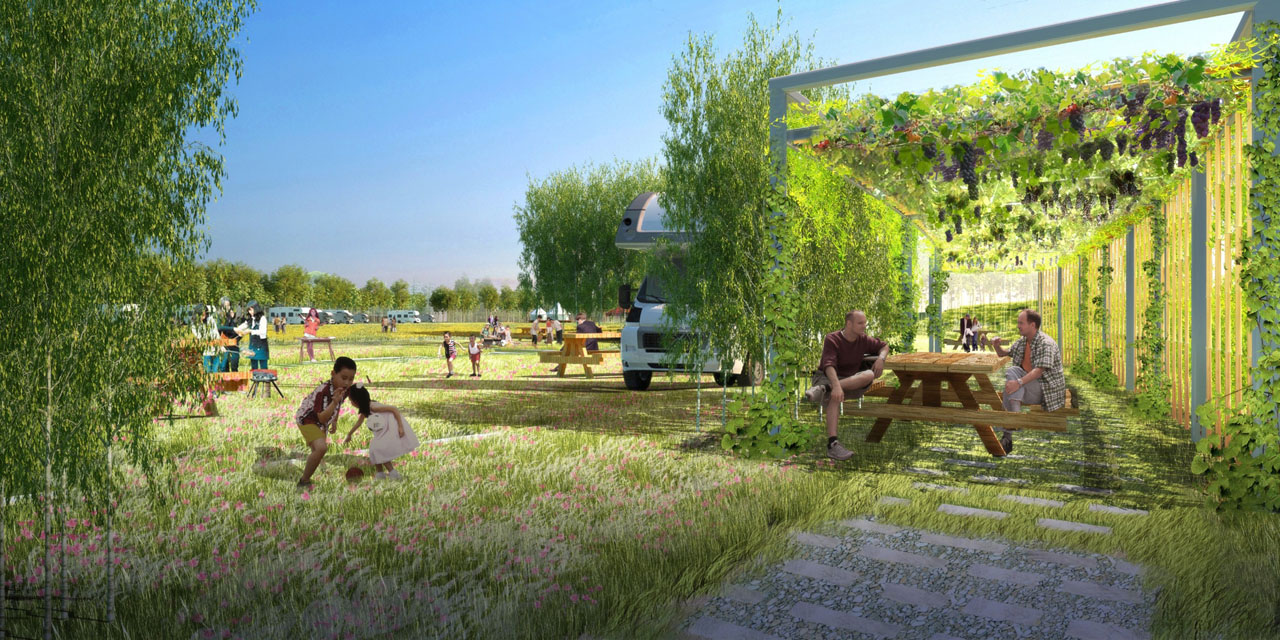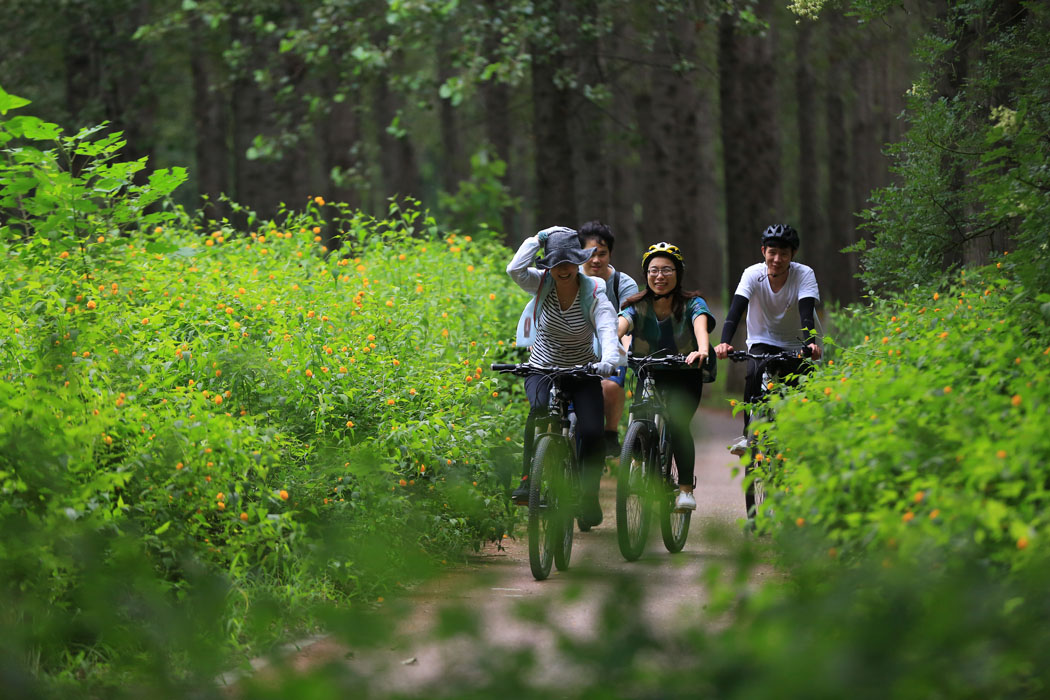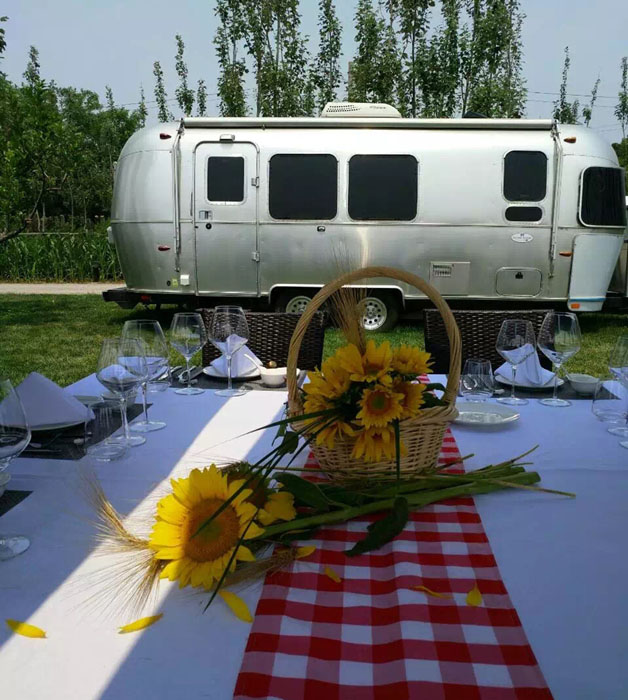Beijing Changping RV Life Exhibition Base
Project Information
- Project Location:
- China Beijing
- Project Scale:
- 10.4 Hectares
- Design Time:
- October 2015
- Build Time:
- December 2015
Project Profile
1. Project Statement
Located in Changping District, Beijing, along the banks of the Wenyu River, the site is only 2.6 kilometers from the northern sixth ring road and 15 kilometers from the city center (Fourth Ring Road). It is situated on the Beijing Greenway (Forest Park Ring Greenway). The surrounding area consists of villages and basic farmland, with the site itself mainly comprising farmland and vegetable plots, enjoying good ecological conditions.
2. Objective and Challenge
An RV campsite is a place that meets the supply needs of RV life and provides a place for people to rest. If an RV is a mobile home, then an RV campsite is the stopping point for that mobile home. The key difference between an RV and a car lies in the "home" aspect, and thus, the primary function of an RV campsite is to provide supplies for the home part of the RV. However, if it were only for supplying, it would be akin to a gas station. Since RVs are a form of leisure culture, RV campsites should naturally also have leisure functions to reflect the RV camping culture.
Located in the northern suburbs of Beijing, outside the high-density residential areas of the city, how can we create a "tile-less campsite" for a better experience of returning to nature?
3. Design Strategy
An RV Campsite in a "Paradise"
(1) A Rich and Varied Landscape Space
From the layout perspective, the campsite is a large enclosed space with several smaller enclosed spaces inside. This design ensures that visitors cannot see the entire area at once, adding layers to the space. By using landscape elements to compress the visitors' view at the entrance and orchard, they will feel a sudden sense of openness upon entering, increasing the park's interest and achieving a sense of "small but grand." From the perspective of landscape elements, a "natural and idyllic" environment is created through the reorganization of landscape elements such as flower seas, orchards, groves, and farmlands.
(2) A Green, Low-Carbon, Flexible Park
By excavating and filling within the site, wetlands and rainwater collection ditches are created to retain rainwater on-site and let nature work for the site. Adaptive vegetation is used to ensure that the greenery can cope with the differences in water levels during dry and rainy seasons. During the construction of ecological lowlands, efforts are made to minimize the amount of engineering, combining excavation and backfilling processes, and avoiding earthworks for slope landscaping to preserve as many original trees and ground covers as possible. The use of septic tanks, the reuse of domestic sewage, and the reuse of waste materials (such as bamboo, tires, and demolition materials) highlight the park's "low-carbon, energy-saving, and environmentally friendly" features.
(3) A Multifunctional Camp for "Sports, Production, and Accommodation"
The campsites, backed by shaded areas and facing flower seas, include tent areas integrated into the flower seas, production projects such as pick-your-own vegetable gardens, orchards, and flower seas, as well as recreational projects like scout camps, archery, JEEP off-road experiences, and outdoor meetings.
4. Conclusion
The originally neglected urban fringe has been successfully transformed into a multifunctional RV campsite, attracting a large number of outdoor enthusiasts to explore it. It has also awakened the busy urban residents' consciousness of returning to nature. Surrounded by forests, amidst the fragrance of flower seas, you can enjoy off-road racing with friends, archery with children, and foraging and picnicking with the elderly. With a tent and an RV, life can be this simple!
